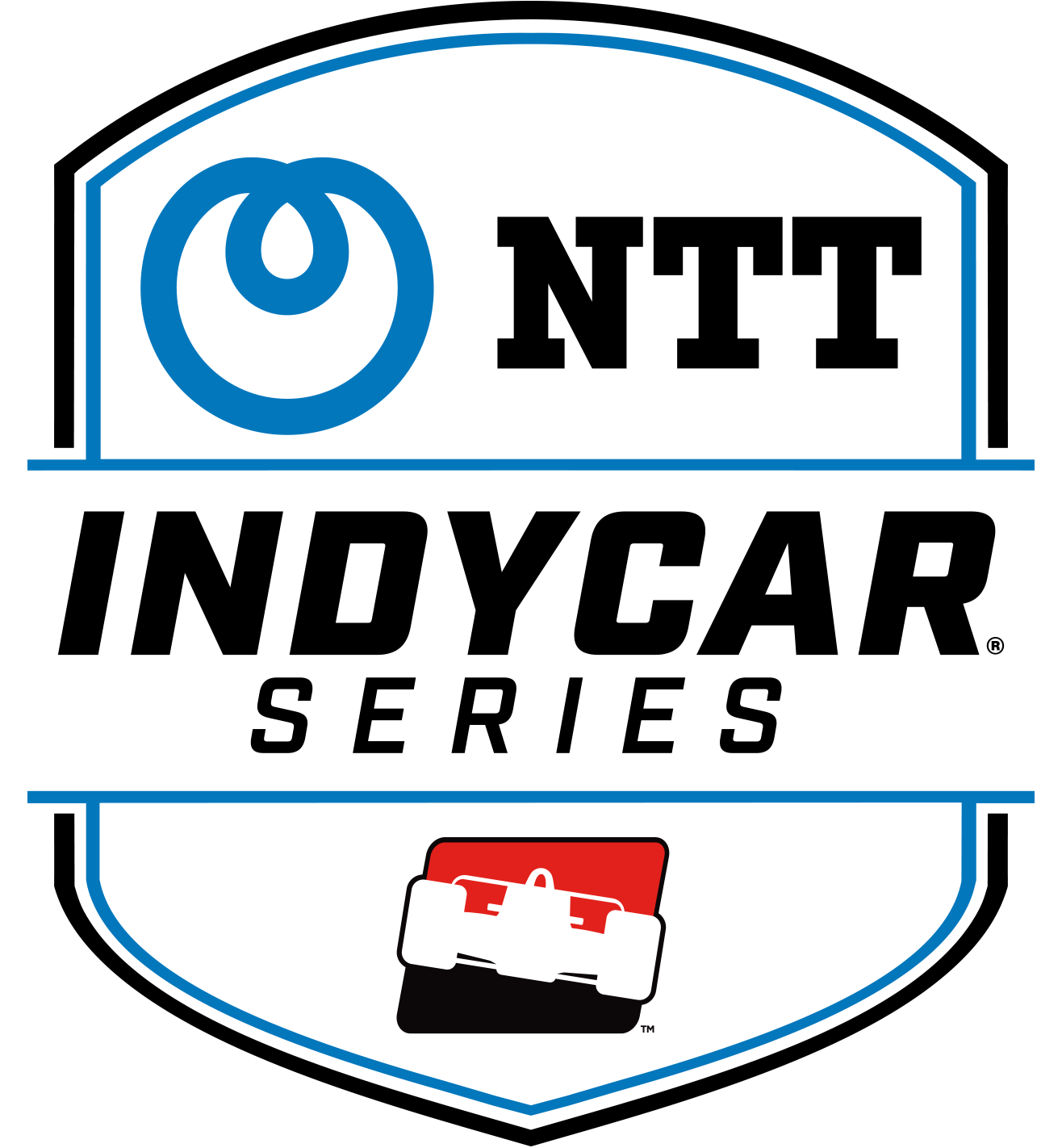There should be no guarantees when it comes to Indy 500 qualifying
APR 18, 2019
It was near the log flume ride. There, as an oasis amidst the sea of humanity awaiting their turn to ride a makeshift log boat through the woods of Rivertown, stood the souvenir stand that displayed my holy grail: the jersey of Joe Morgan of the Cincinnati Reds.
I grew up a Reds fan, and each time I visited the Kings Island theme park just outside Cincy, I begged my parents for the replicated uniform of my favorite player. To this day, each time I see that mid-‘70s jersey or watch the Reds celebrate a milestone win (it’s been a while), I can recapture that same thrill and mystique I felt as a youngster in a serpent line, filled with hope and anticipation.
That’s what sports is, is it not? A chase of a longstanding passion, an ongoing attempt to keep alive the emotions of yesteryear. Certain things do it: a pleasant smell, a familiar song, a scene from a favorite movie – they all can take you back to your happy place in the blink of an eye.
Nostalgia. It’s what we chase in sports. Tradition. It’s what that pursuit becomes.
I’ve heard more chatter lately about some – including titan team owners Roger Penske and Chip Ganassi – wishing that the Indianapolis 500 would tweak qualifying to preserve starting spots for full-time drivers of the NTT IndyCar Series. A move that, while perhaps practical and economically feasible, strays from an element that made the Indianapolis 500 the greatest show in the sports world: Tradition.
Listen, I get it. I understand the reasoning. Sponsorship in today’s sports climate is paramount to all, and the financial pie is not only smaller in today’s world, it has far more takers at the table. Businesses that invest in auto racing surely want the security of their message being delivered on the sport’s grandest stage. It’s a fair argument.
But, tradition.
Yes, I hear you, there are a lot of things that have changed over the years, and holding onto the core of the past is often the biggest impediment to progress. Qualifying format changes, retirements, car specifications and schedule alteration have all seemingly dismissed the nostalgic element of May. I understand.
Having said all that, perhaps I need more than just a word, tradition, to sell my point. So, here goes.
There are plenty of automobile races and hundreds of racetracks around the world. There is only one Indianapolis 500. It became the world’s biggest single-day sporting event for several reasons, many of which have become diluted over the course of time. In the 1950s, ‘60s and ‘70s, the automobile was a product of passion and pride in the United States. Many people spent their working career in some form or fashion in the auto industry, and even those that did not spent their weekends toying with the car in their driveway. Whether because they took claim in the manufacturer that was their livelihood or their hobby, Americans felt a connected interest in “their” entry into the Indy 500. That catapulted the event into the upper stratosphere of the sports landscape.
Things have changed since then. Fewer people work in the auto industry, and the evolution and increase in competitive gadgets have snared the interests of younger generations. There are television channels and internet sites for even the most esoteric interests, and the viewing audience’s selection process no longer consists of consuming what a network deems worthy of delivering on a platter. TV viewing is now a la carte, with more options by the month. You’d better be delivering an entree of exceptional taste and presentation, or you’ll quickly be bypassed for a shinier Jell-o cube down the dessert aisle.
Which takes us back to tradition.
In a sport built on testing the outer limits of itself, tradition can quickly become an endangered species. Fans flocked to IMS to see a “new track record,” the next speed barrier becoming their own Joe Morgan jersey. A month of cars testing the limit meant weekslong opportunity to take in the sun and suds, basking in the moment of what would become one’s own nostalgia of their coming of age.
As the boundary of speed was ultimately met – with driver safety wisely setting that bar – and economics factoring in to reducing the number of practice days, the landscape has changed for “The Greatest Spectacle in Racing.” However, the identity of the event has not: the 33 fastest cars, vying for the same coveted real estate upon the unfurling of the green flag. The dash to Turn 1 in eleven rows of three has never ceased to be breathtaking.
Maybe I’m just old-fashioned. Perhaps I’m too much a traditionalist. I asked Alexander Rossi, who won Indy’s 100th running, if my judgment was just clouded by tradition.
“One hundred percent,” replied the Californian, "but name one thing that isn't based on that. Everything we do is based on tradition. That all comes with the territory.”
A year ago, the rules kept James Hinchcliffe, one of the series’ most beloved personalities and top drivers, out of the field of 33. While it was a letdown to Arrow, the team’s sponsor, I’d argue that they got return on investment through the sportsmanlike manner in which James handled being caught in the middle of the event’s grandest tradition.
Rossi, who narrowly made last year’s field after a cut tire slowed his qualifying speed, understands that changes would protect his entry.
“From a selfish perspective, you'd like that security,” the Andretti Autosport driver said, “but from a purist's standpoint, I think there's validity to bump day and the fans being able to witness that. It should probably stay the way it is."
The 33 fastest. It’s the core foundation on which the prestige of the race was built.
It’s the nostalgia we awake from within, each year reminding us of a great moment we previously captured. It’s what keeps us coming back. Tradition.
Then again, I never did get a Joe Morgan jersey.
(Veteran broadcaster Jake Query is a member of the Advance Auto Parts INDYCAR Radio Network team and offers his musings regularly on IndyCar.com.)






















